Meteor Shower Season: Dates and Viewing Tips 2023-2024
Disclaimer: This post may contain affiliate links. Please see our Disclosure Policy and Advertiser Disclosure for details.
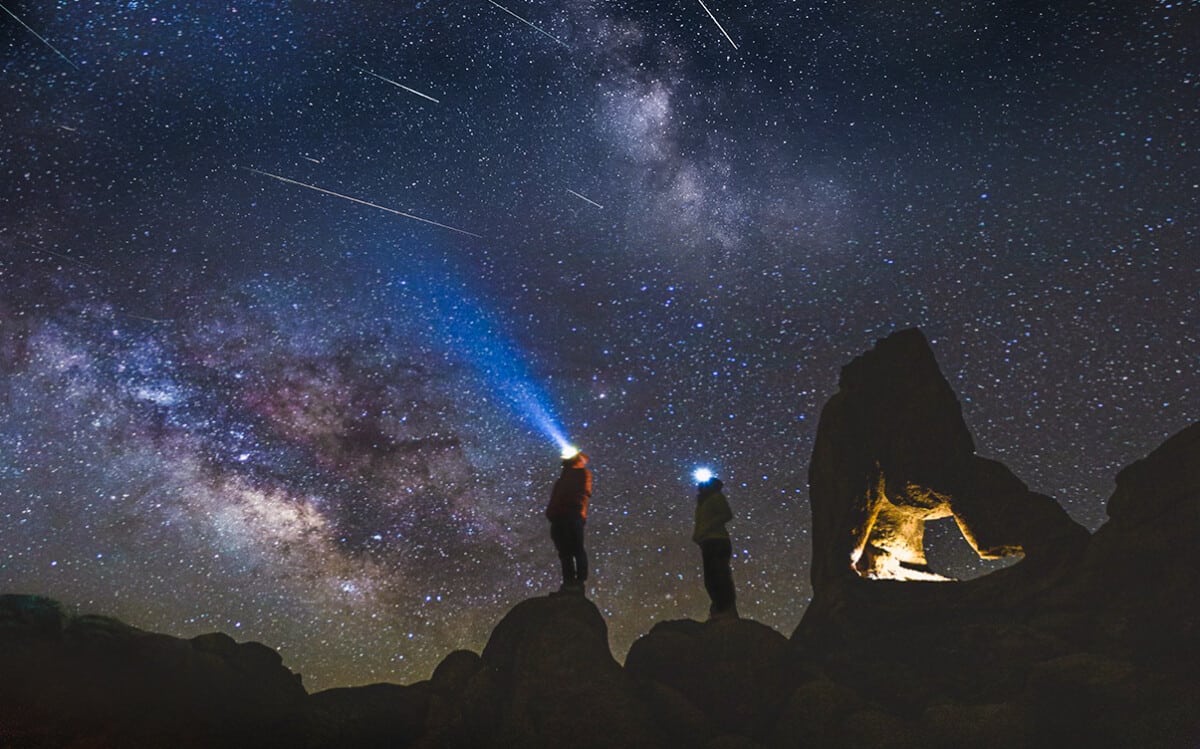
Space is a fascinating place. We tend to think of it as vast and empty, but there’s actually a ton of stuff floating around out there. Most of it is tiny dust particles and cosmic rays we would never notice from down here on the planet. Sometimes, though, it’s larger.
Other than the planets and the stars, one of the most visible phenomena out there in space are comets. Comets are dirty snowballs, chunks of ice and rock and frozen gasses rocketing through space on long, lonely journeys. As they get close to a star like the sun, the heat and energy of the sun start to break them apart, blasting away some of that ice into water, the rocks and dust into a cloud, and all of that forms a trail.
That trail doesn’t go anywhere, even though it looks like it follows the comet. The comet is continually being worn down and leaving a trail behind it in space, like chalk on a sidewalk. Then, sometimes, our very planet spins through that trail.
Luckily, our planet has the atmosphere surrounding it, and the atmosphere is dense and hard compared to the emptiness of space. When the debris from a comet’s trail hits our planet’s atmosphere, it burns up from the friction. For the very tiny bits of ice or rock, it’s barely even a spark, certainly nothing you would be able to see from the surface without very, very sensitive instruments.
Sometimes, though, larger chunks of rock, ice, or metals are still floating around up there. Those, when they hit the atmosphere, take longer to burn up and do so in a streak across the sky. A shooting star!
And, when the planet passes through the comparatively dense trail of a comet and encounters hundreds, thousands, tens of thousands of those shooting star particles, it’s a meteor shower.
When Can You See Meteors in the Night Sky?
Technically, there’s always dust, debris, and other stuff out there in space, and a lot of it is continually falling to earth. A lot of it is too small to see or falls on the dayside of the planet and is washed out by the sun. When a chunk is large enough that it’s visible to the naked eye, it’s often isolated and seen at night. Sometimes, something more impressive shows up – and can be caught on camera – but those are rare, isolated events.
A meteor shower is a period of denser cometary debris in the sky, and there are several that our planet passes through every year. We know all about them because the paths of these objects through space are predictable, and we’ve been able to record them for decades.
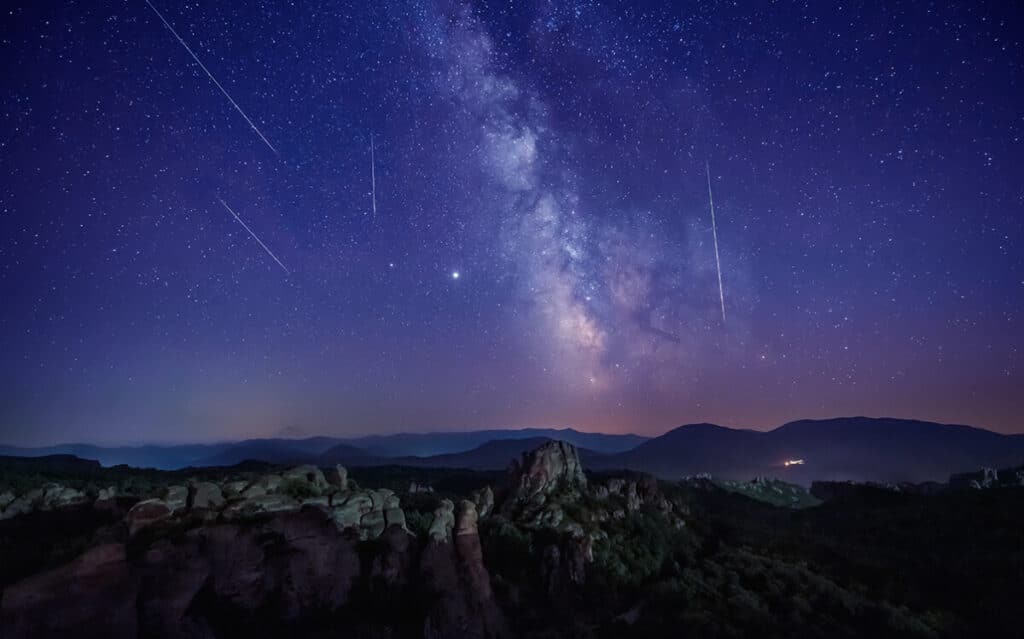
So, technically, you can see a meteor any night of the year as long as the sky is dark and free of clouds. But you’ll have better luck during “meteor season” and even better luck during a meteor shower.
“Under good conditions, only about 2-4 sporadic meteors can be seen per hour in the early evening in March, with this rate increasing to about 4-8 sporadic meteors per hour by morning twilight. These rates will then slowly increase throughout the spring and summer. By the month of September, the evening sporadic rate will be up to about 4-8 meteors per hour, increasing up to about 8-16 sporadic meteors per hour by morning twilight. Throughout the remainder of the fall and winter, these rates will slowly drop off, returning to the March levels again. Note that these rates are rough guidelines only, with random statistical fluctuations, observing conditions, and personal perception all playing a role in the actual number of meteors seen.” – American Meteor Society.
Of course, the best times to see meteors are during meteor showers, and fortunately, we know when a bunch of those are going to be. Unlike the Northern Lights, you’re a lot more likely to see meteors during a known meteor shower. The Northern Lights are fickle; meteor showers are generally pretty consistent.
What Are the Upcoming Meteor Showers?
Meteor showers come and go gradually, so when we list dates below, the date is what’s known as the “peak” of the meteor shower. The peak is when the debris in space is densest and most visible. For example, a typical Orionid meteor shower might be showing you 5-10 meteors per hour, but during the evening of the peak, you could see 10-20 per hour instead. If you plan to take a trip, travel, or just build a schedule around seeing meteors, it’s usually a good idea to plan to view the shower on the peak night.
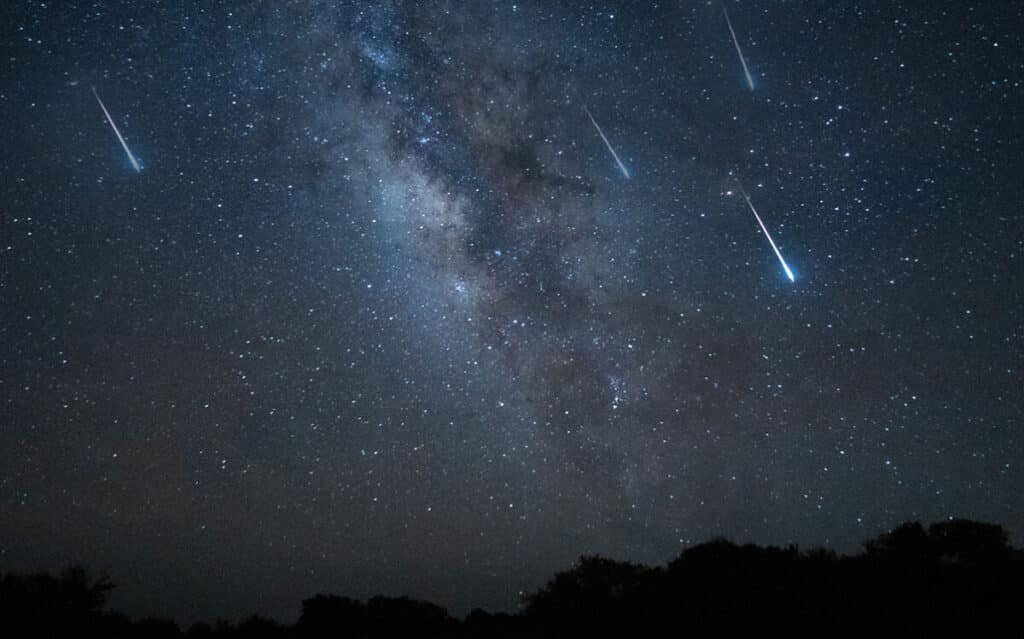
Since we’re writing this at the start of October 2023, here are the next 12 months of meteor showers you might want to check out.
Orionids. Peak night: October 20-21.
This is one of the more common meteor showers to view; it’s not the most impressive, but it’s generally pretty visible, and the weather is generally pretty nice to go out in the evening and watch. The last few years have been sub-par for the Orionids, but the moon won’t be full during the peak this year, so you’re not going to have to fight a full moon to see them. Expect around 10-20 meteors per hour at the peak.
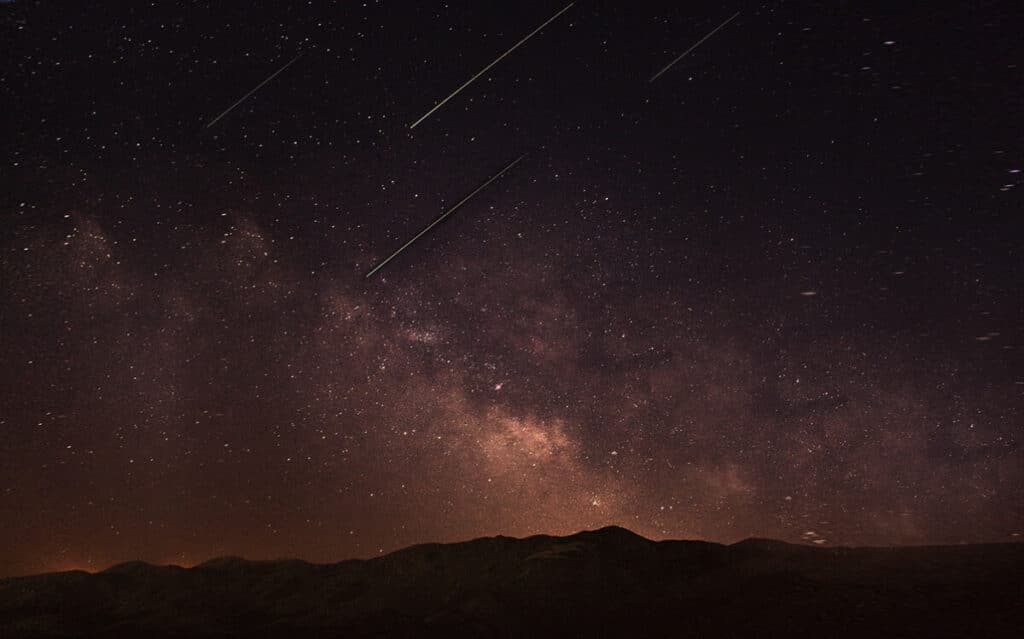
This is also a fairly long meteor shower; you can see them now, and they’ll linger, slowly trailing off, all the way through the end of November.
Taurids. Peak nights: November 5-6 and November 11-12.
The Taurids are a complex and finicky meteor shower. There are technically two: the Northern Taurids and the Southern Taurids. They originate from slightly different areas of the sky, both around the Taurus constellation. It’s kind of a mess up there, with one comet and at least ten asteroids all mixing and muddling about, causing debris that generates the meteors.
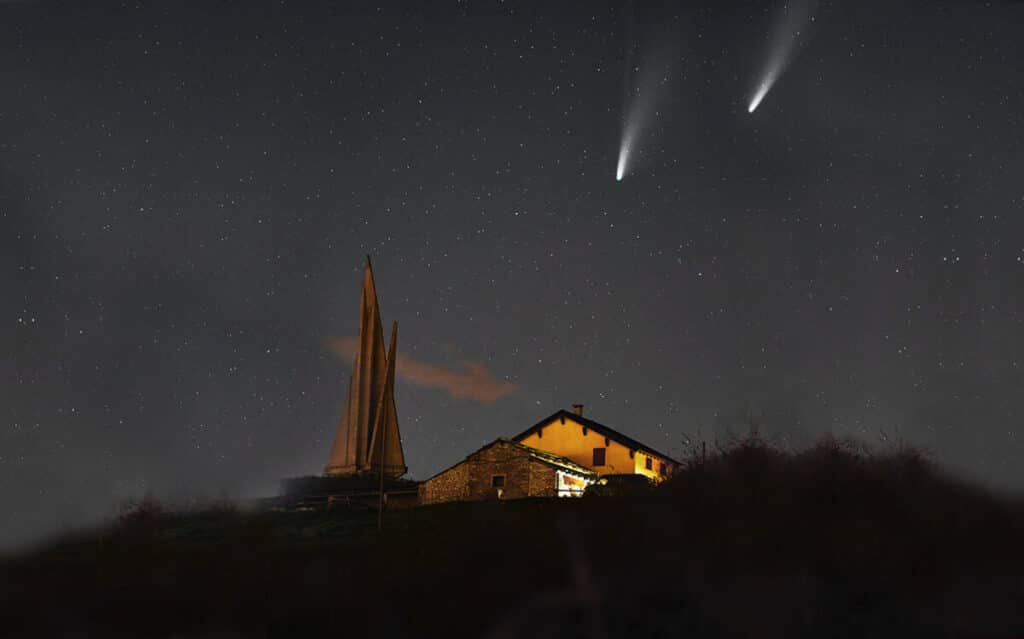
These aren’t big, impressive meteor showers, though; you’re likely only going to see 5 or so meteors per hour during the peak. The one bonus is that they tend to produce a lot more fireballs – large, flickering streaks instead of clear and clean streaks – so they can be more impressive to see.
Leonids. Peak night: November 17-18.
The Leonids are one of the largest and most impressive meteor showers ever experienced by humans. It’s known for producing “meteor storms,” incredible displays where hundreds if not thousands of meteors are visible per hour, lighting up the night sky and leading to artwork like this depicting the event. These are recorded to have happened in 1833, 1866, 1966, and even 1999 and 2001.
Don’t get your hopes up, though. Unfortunately, predictions show that it’s unlikely to reach meteor storm level until 2099, so we’re going to be waiting a good long while.
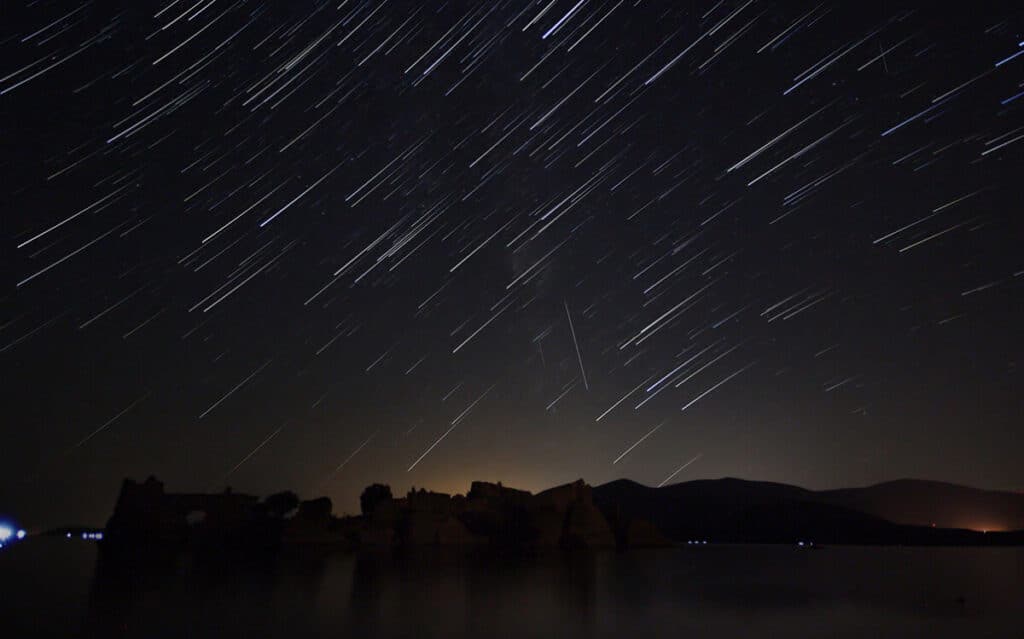
That said, the Leonids are still one of the most impressive and dense meteor showers you can see these days. Even this year, during the peak, predictions range from 50 to 200 meteors per hour. The Leonids are also known for long, persistent trails on the meteors, so they’re generally bright and vibrant streaks that are easy to spot.
Geminids. Peak night: December 13-14.
The Geminid meteor shower is broadly considered one of the most consistently impressive meteor showers every year, with an average peak of 150 meteors per hour expected.
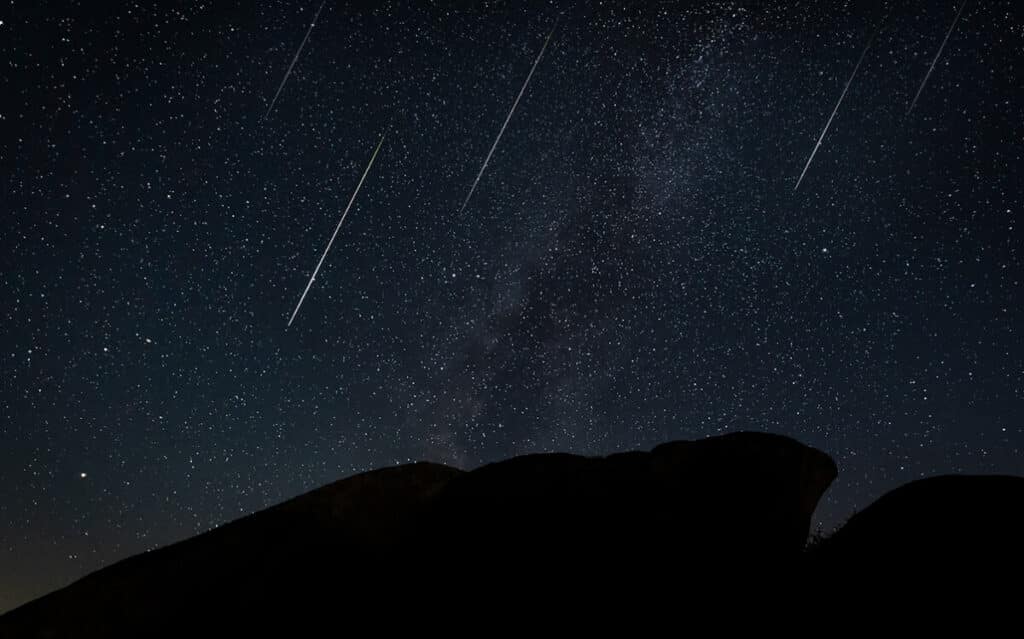
This year is going to be even better because the moon will be almost entirely dark, so you’ll have the sky all to yourself. As long as you can find a place away from the clouds, it’s guaranteed to be impressive.
Ursids. Peak night: December 21-22.
The Ursids are an often-overlooked meteor shower for a few reasons. Following up after the Geminids is a tough act, and the Ursids only peak at around 5-10 meteors per hour. Moreover, since it’s right before Christmas, most people are more focused on the brilliant light displays than the natural sky.
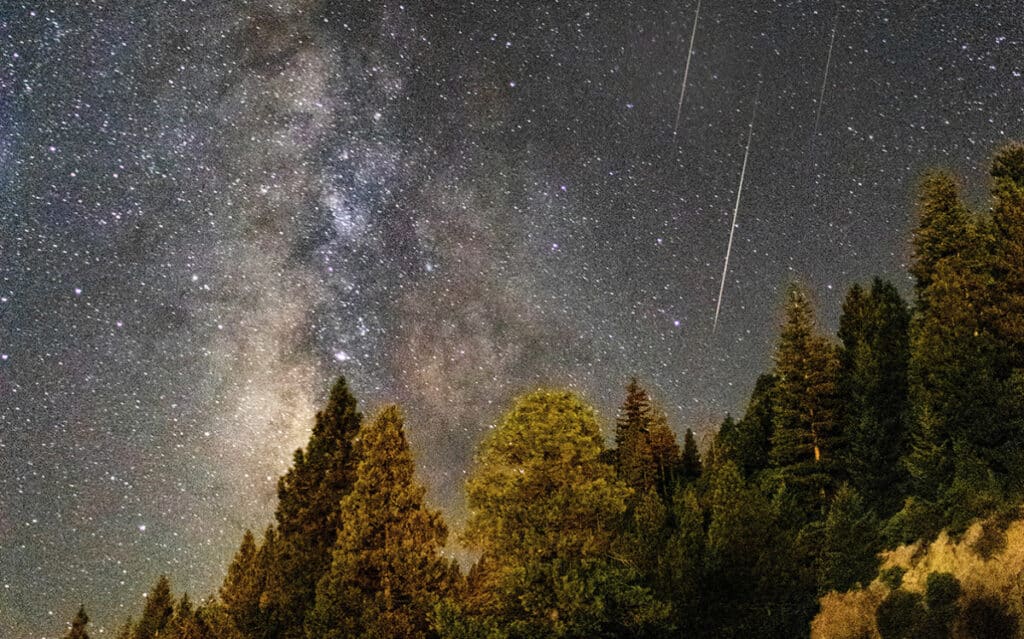
Still, combined with the trailing-off Geminids, the Ursids can be a nice display to see, given the opportunity. Sadly, this year, the moon will be 74% full on the peak night, so it’s less likely to be a good viewing year.
Quadrantids. Peak night: January 3-4.
The Quadrantids are a very short but very dense meteor shower, with anywhere from 25 to 100 meteors per hour.
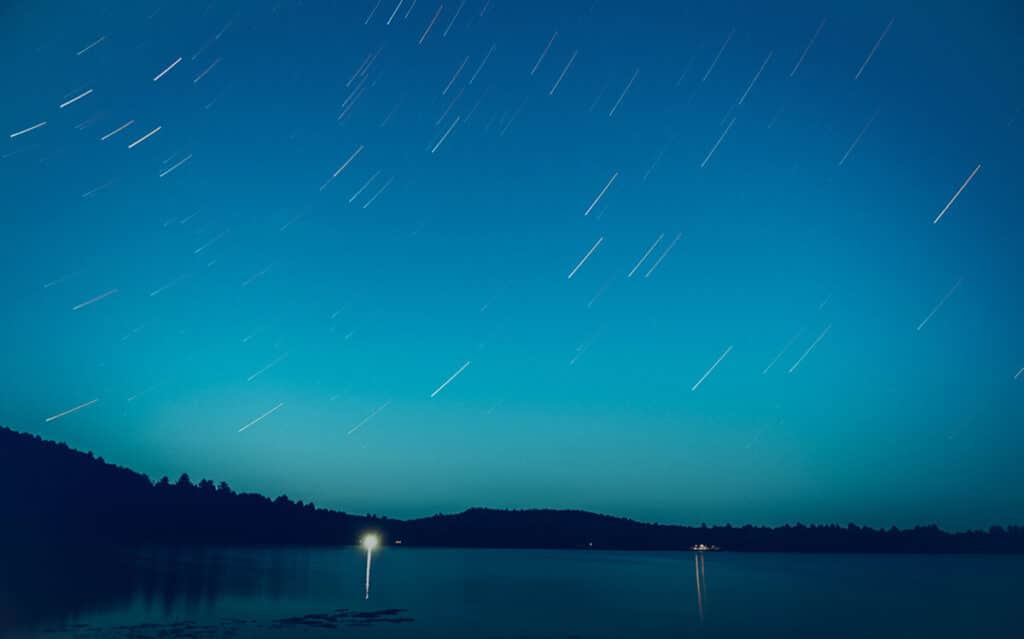
They only last for around six hours, though, and they’re very hard to see simply because the skies in January are usually covered in clouds, so the chances of being able to find a good night to go see them are pretty slim. Still, if you’re in the right place at the right time, they can be a great spectacle.
Lyrids. Peak night: April 22-23.
Normally, the Lyrids are a decent middle-of-the-road meteor shower to check out. Spring weather, coupled with a decent display and a reasonable chance of fireballs, means the Lyrids are usually a fun time.
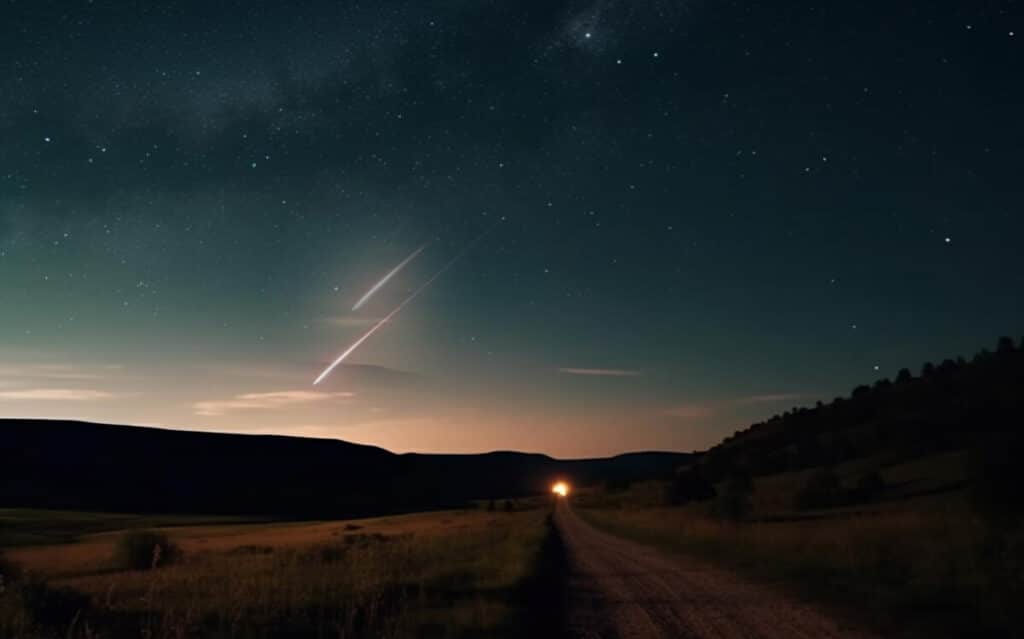
Sadly, this upcoming year is looking to be slim pickings, with under 20 peak per-hour meteors and a nearly full moon to contend with.
Eta Aquariids. Peak night: May 5-6.
The Eta Aquariids are one of the less commonly-known meteor showers for us up here in the USA because we only see around 10-20 meteors per hour when they show up. However, they’re much better from the southern tropics, so if you’re traveling south of the equator, you have a better chance of seeing as many as 50 per hour.
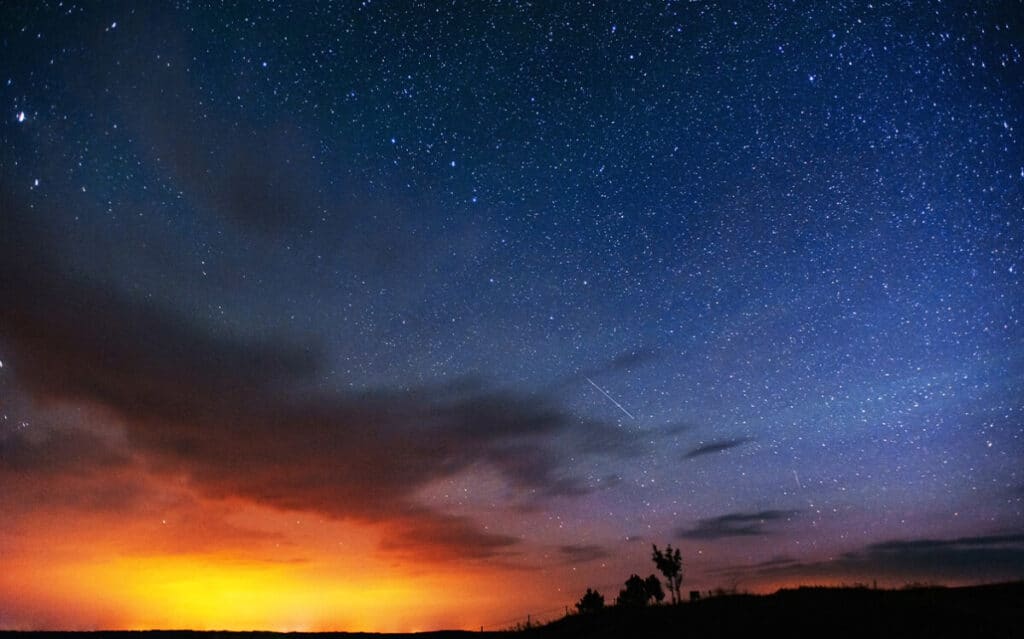
This year, you have a nearly new moon as well, so it makes for great viewing on a night on a fantastic tropical trip.
Perseids. Peak night: August 12-13.
No list of meteor showers is complete without the Perseids, one of the top five showers of the year.
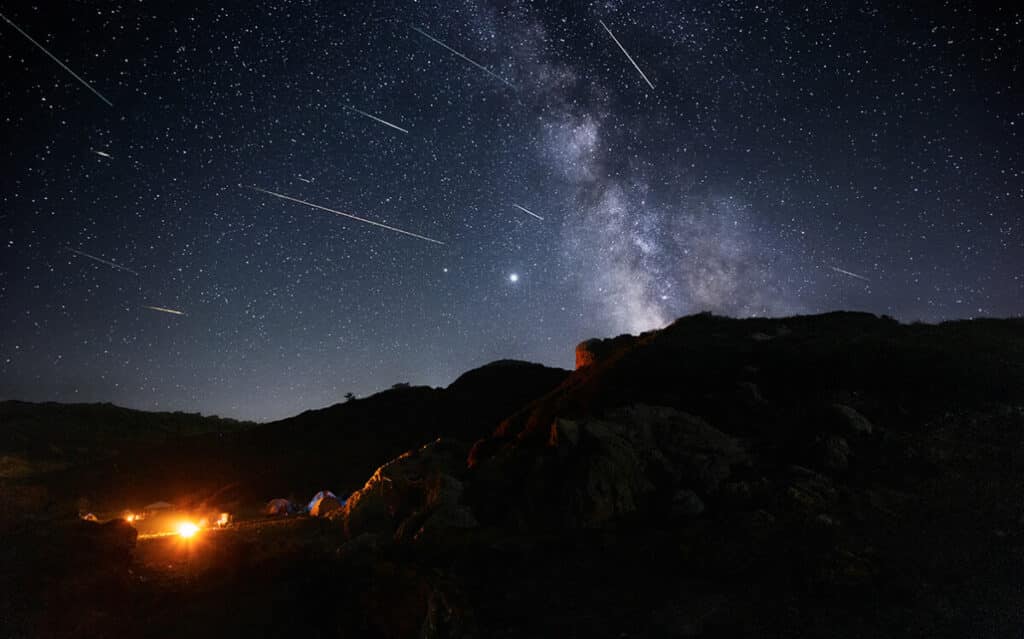
We’ve just missed it for 2023, but 2024 is looking to be a decent year, with a half-full moon and around 50-75 meteors per hour.
Should You Travel to See a Meteor Shower?
Of course! It’s best if you travel to see one with a high ZHR (Zenith Hourly Rate, or peak rate you’ll see from the best possible position).
“The ZHR is the number of meteors you’ll see if you’re watching in a very dark sky, with the radiant overhead, when the shower is at its peak. In other words, the ZHR represents the number of meteors you might see per hour given the very best observing conditions during the shower’s maximum.” – EarthSky.
If you’re going to travel, though, make sure you know the weather for the place you’re going to visit. More importantly, make sure you’re somewhere that light pollution has a harder time reaching. There are a bunch of nationally designated Dark Sky Parks across the country, including Death Valley, Canyonlands, and Michigan’s Headlands parks.
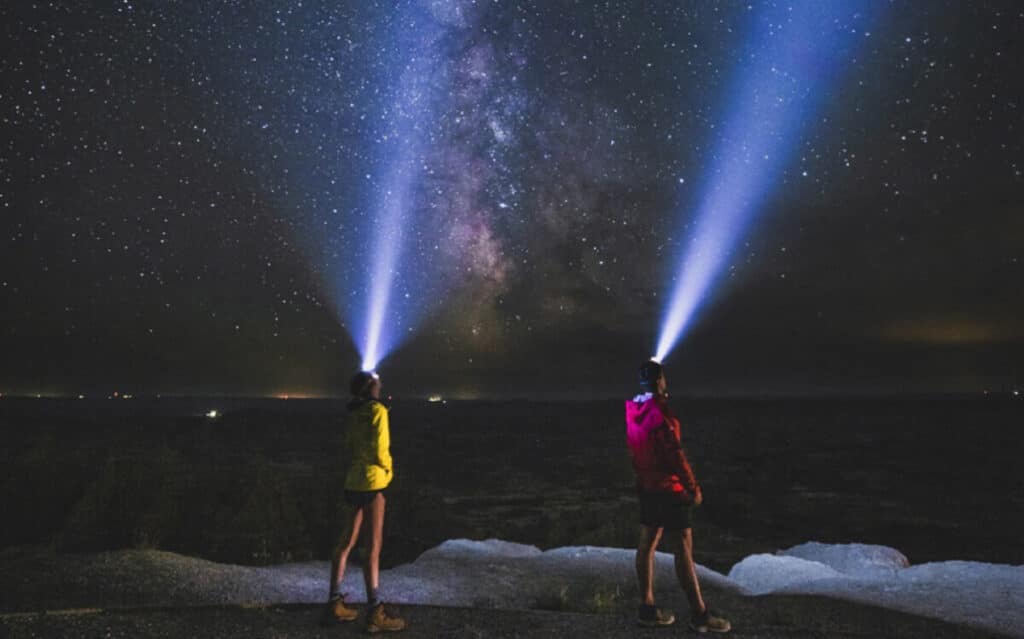
Of course, you can also travel internationally. Anywhere you might go to see the Northern Lights can also be a great place to view a meteor shower. Really, you just want anywhere you can go to be away from city lights and cloud cover.
What Are Some Tips for Viewing a Meteor Shower?
We’re not the most experienced sky-watchers around, so any of you astronomers and stargazers out there can feel free to add your tips to the comments below.
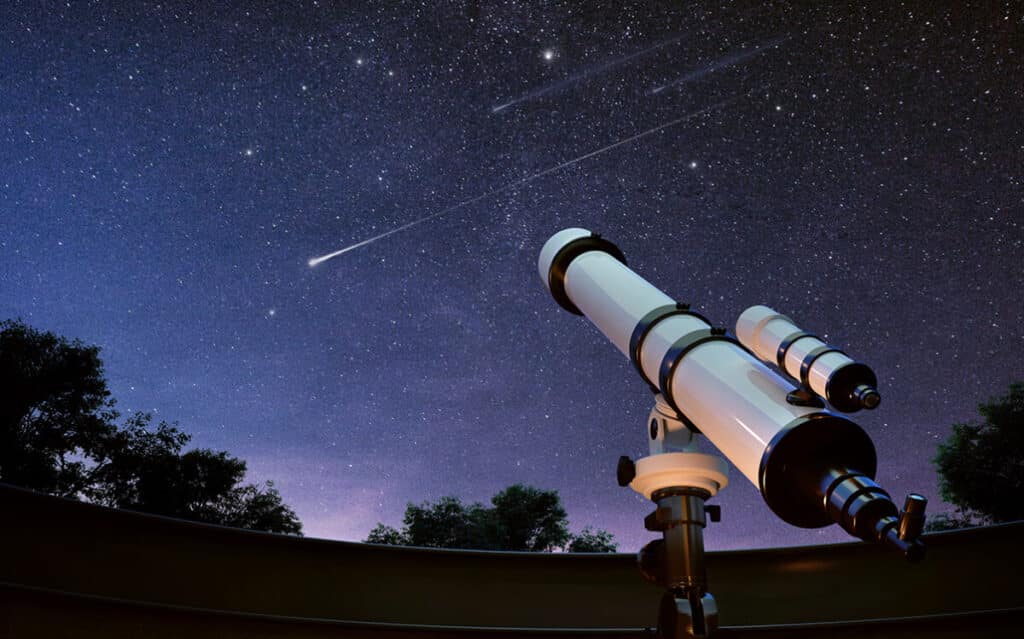
For our part, here are the tips we’ve found most useful.
- Go to your destination and set up early. The longer you can spend adjusting to the night sky and free of the light, the better you’ll be able to see meteors streaking through the sky.
- If you have to use light, keep it as dim as possible, and try to use red light to do as little damage to your night adaptation as possible.
- Know where to look. The name of a meteor shower is generally an indication; the Perseids are around Perseus, the Geminids are around Gemini, and so on. You want to be watching where they’re coming from to see the most.
- Know when to look, too. The peak night is just one part of the equation. Some peak in the middle of the night, while others peak closer to dawn. Viewing during the right span of hours is just as important as the right night.
- Bring a comfortable setup. A comfortable reclining chair or a pad to lay on with pillows to prop yourself up are good ideas.
- Be patient. Meteor showers aren’t like fireworks, where you see controlled bursts of light; they’re a slow and steady kind of display. Expect to spend an evening watching for the best experience.
Hopefully, you’ll have a brilliant time, whether you’re bringing a lawn chair out to a rural backyard or taking a trip across the country for a dark sky park. Either way, enjoy the experience!
You may also enjoy:
2 Comments



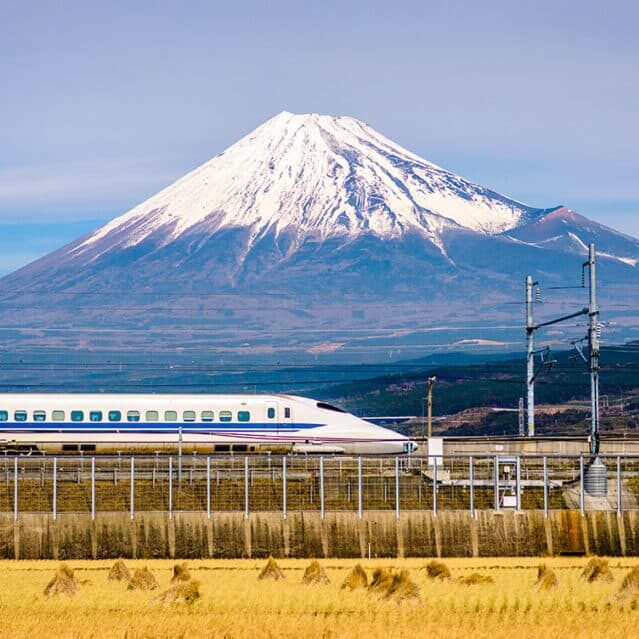



In what direction would I look from Midwestern Missouri? And thank you so much. I’m really getting into these moons and all to do with that stuff
For meteor showers in 2023-2024 from Midwestern Missouri, just head away from city lights and look in the direction of the meteor shower’s associated constellation (like Perseus for Perseids in August or Gemini for Geminids in December). Lay back, let your eyes adjust, and enjoy the show – no special equipment needed! 😊